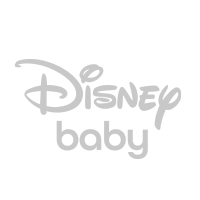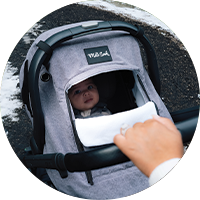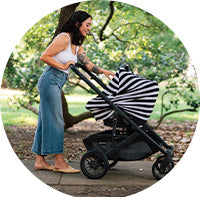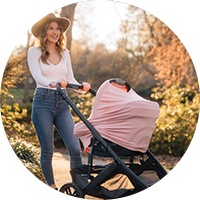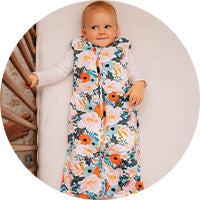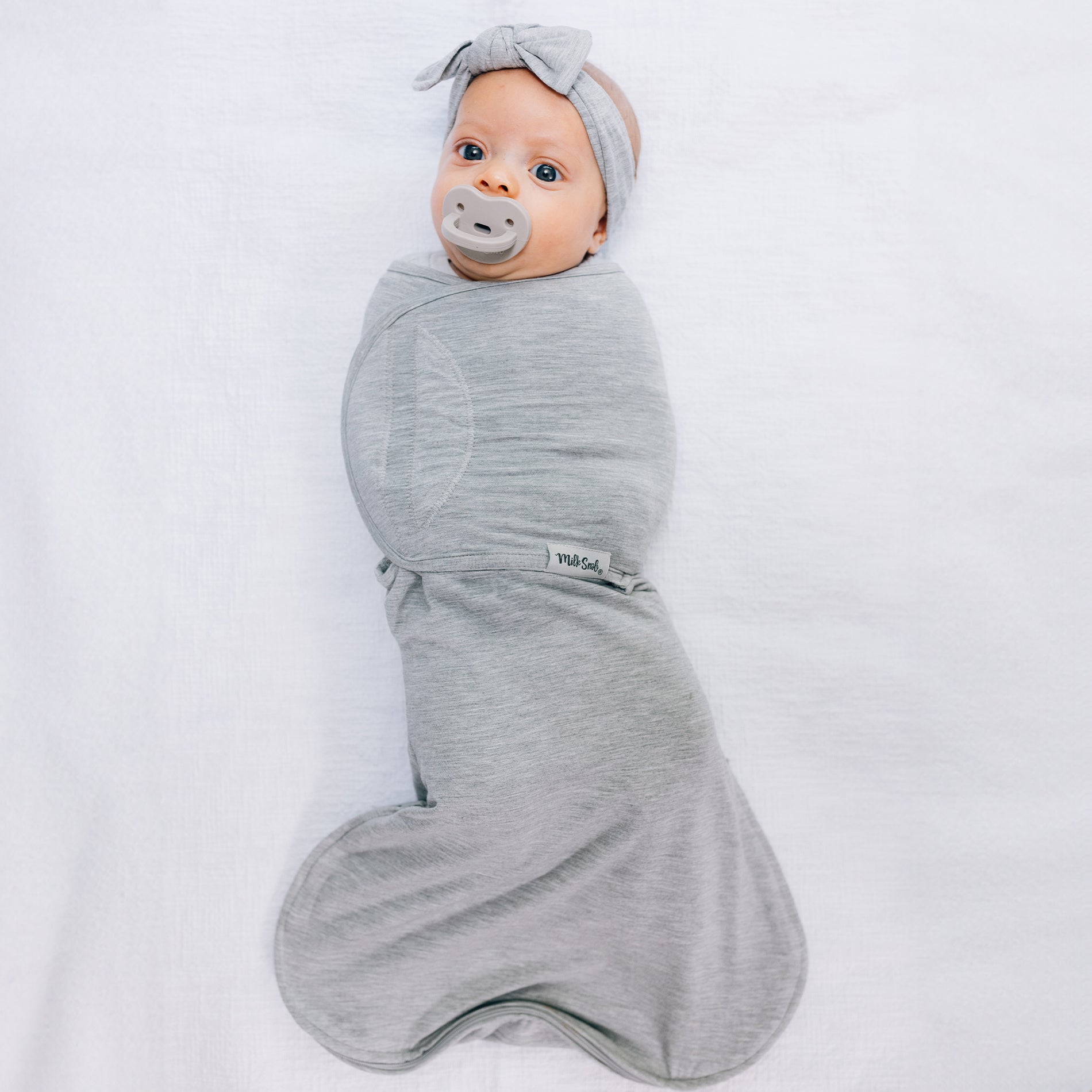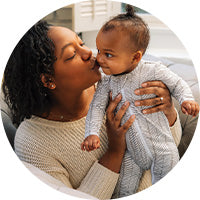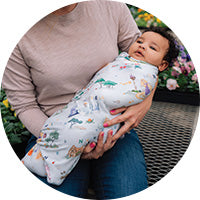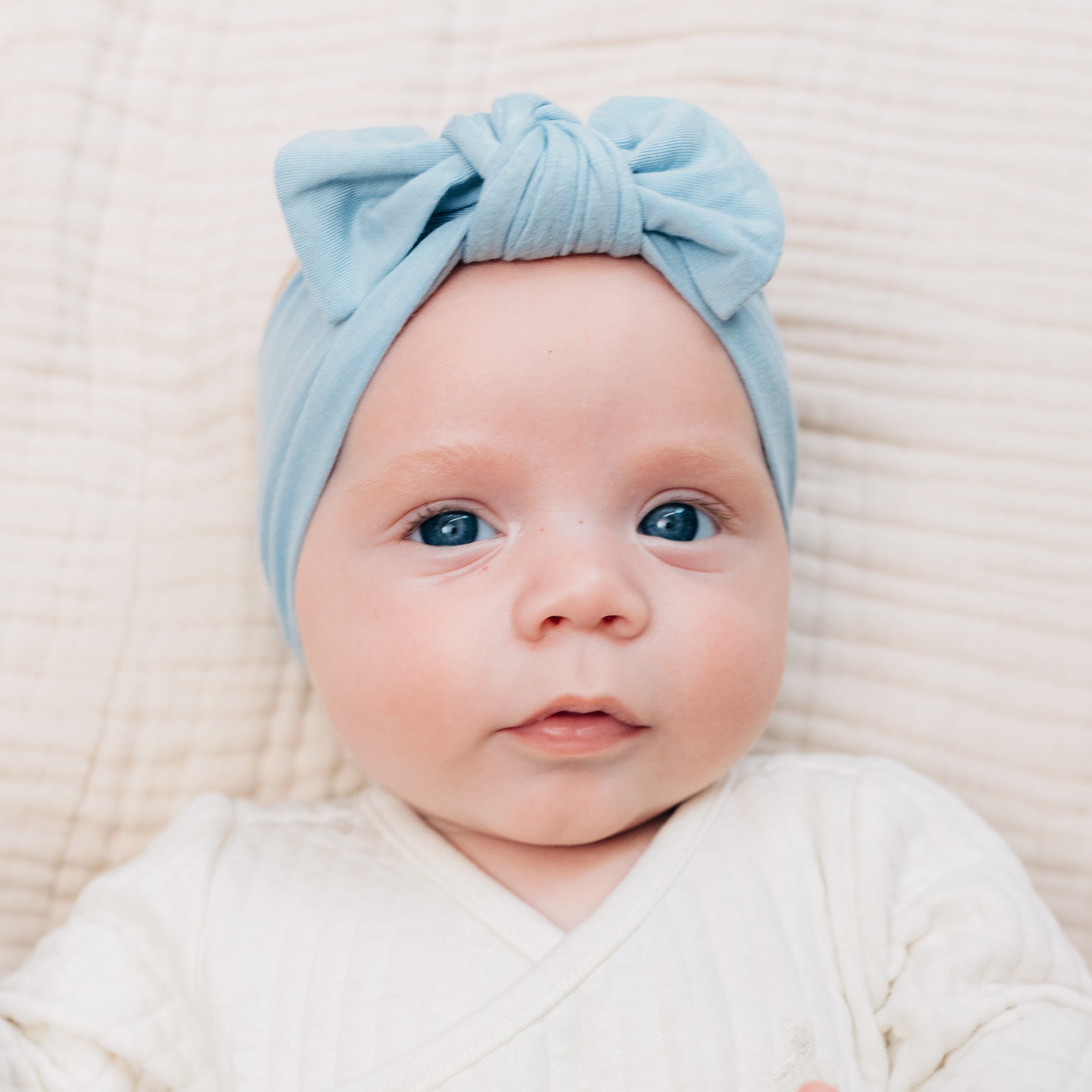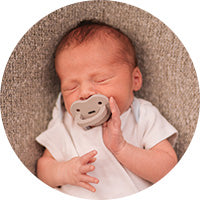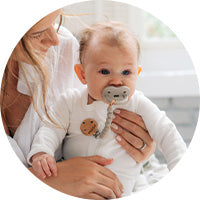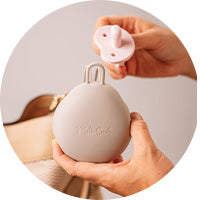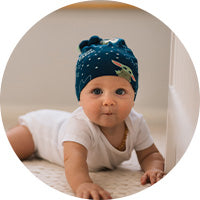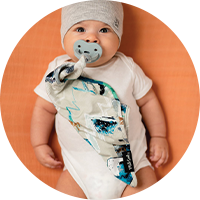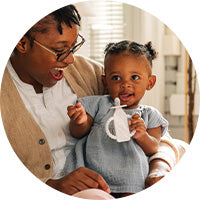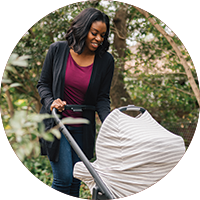Sleeping Bags for Babies vs. Blankets: What’s Safer for Sleep?
As parents, our number one priority is keeping our little ones safe, especially while they sleep. You’ve likely heard different opinions about what your baby should sleep in at night: traditional blankets or modern baby sleeping bags. At Milk Snob, we understand how overwhelming these choices can be, and we’re here to help you navigate them with confidence.
So, which is safer: sleeping bags for babies or blankets? The short answer: Baby sleeping bags are generally the safer choice. But let’s dive deeper to understand why, how they work, and what you should consider for your baby’s peaceful and safe slumber.
The Problem with Loose Blankets in the Crib
While soft, cozy, and familiar, loose blankets come with some serious concerns, especially for babies under 12 months old.
1. Risk of Suffocation and Overheating
According to pediatric sleep safety guidelines from the American Academy of Pediatrics (AAP), loose bedding—including blankets, quilts, and pillows—can pose a suffocation hazard. A baby can accidentally pull a blanket over their face or get tangled, which may restrict breathing.
Additionally, heavy blankets can lead to overheating, another known risk factor for Sudden Infant Death Syndrome (SIDS). Babies can't regulate their temperature as effectively as adults, and too much layering or warmth can be dangerous.
2. Blankets Can Shift Easily
Even if you tuck a blanket securely at bedtime, babies wiggle. What begins as a neatly arranged layer can quickly become a ball of fabric near your baby's face—or kicked off completely, leaving them cold.
3. Not Recommended for Infants
Most safety experts recommend waiting until your baby is at least one year old before introducing loose bedding. Until then, alternative sleep solutions like wearable blankets or sleeping bags offer a safer and smarter approach.
What Are Baby Sleeping Bags?
Baby sleeping bags (also called wearable blankets or infant sleep sacks) are sleeveless, zip-up garments designed to keep your baby warm and safe through the night. They are worn over a diaper or pajamas and provide warmth without any loose fabric in the crib.
At Milk Snob, we love sleeping bags because they offer the cozy comfort babies need, with safety and convenience parents can trust.

Why Sleeping Bags Are Safer for Babies
1. No Loose Fabric
Sleeping bags eliminate the risk of loose blankets in the crib, significantly reducing the chance of suffocation. Your baby stays comfortably covered all night without the fabric sliding over their face or getting tangled.
2. Regulated Warmth
Baby sleeping bags come in different TOG (Thermal Overall Grade) ratings to help parents select the right level of warmth for the nursery’s temperature. This helps reduce the risk of overheating, since you can dress your baby appropriately based on the season and room conditions.
3. Promotes Safe Sleep Position
Some sleeping bags are slightly snug around the chest and looser around the legs, which may help encourage back sleeping—the safest sleep position for babies. While they won’t prevent rolling entirely (and shouldn’t), they can discourage too much movement during the early months.
4. Consistency in Sleep Cues
Over time, putting your baby into a sleeping bag becomes a sleep cue. Like swaddling newborns, zipping them into their sleeping bag helps signal that it’s time to wind down and rest. This consistency builds a strong sleep routine.
Transitioning from Swaddle to Sleeping Bag
If your baby has outgrown swaddling or has begun to roll over (typically around 2–4 months), it's time to switch to a swaddle transition product or a sleeping bag.
Sleeping bags are a perfect next step. They provide the gentle containment many babies still crave, without restricting movement or posing risks once the baby starts to roll.
Choosing the Right Sleeping Bag for Your Baby
Not all sleeping bags are created equal. When shopping, here are a few important factors to consider:
✅ Material
Made with super soft rayon blend fabric that helps to soothe sensitive or eczema-prone skin.
✅ TOG Rating
Choose a sleeping bag with an appropriate TOG rating for the climate:
-
0.5 TOG – Best for warm rooms (75°F and up)
-
1.0 TOG – Great for moderate temps (68–75°F)
-
2.5 TOG – Ideal for cooler rooms (61–67°F)
Avoid overdressing your baby underneath the sleeping bag; one layer of pajamas is typically enough.
✅ Fit and Size
A well-fitting sleeping bag ensures comfort and safety. It should be snug around the neck and chest (so it doesn't slip over your baby's head), and roomy around the hips and legs to support natural movement and healthy hip development.
✅ Easy Access Zippers
Middle-of-the-night diaper changes are much easier when the sleeping bag has two-way zippers or a bottom-up design, reducing the need to undress your baby and disturb their sleep fully.
Final Thoughts: Sleep Safer, Sleep Better
At Milk Snob, we believe that baby sleep products should blend safety, comfort, and simplicity. Baby sleeping bags do exactly that—they provide parents peace of mind and help babies sleep soundly in a safe environment.
While baby blankets have their place for snuggling, tummy time, or stroller rides, they don’t belong in the crib for sleeping during the first year. A thoughtfully designed sleeping bag is a better—and safer—choice.
As you prepare your baby’s sleep space, remember that simple is safest. A firm crib mattress, a fitted crib sheet, and a wearable sleeping bag are all your baby needs for safe, restful sleep.
Looking for a cozy, breathable, and stylish sleeping bag for your little one? Milk Snob’s thoughtfully crafted sleepwear collection is here to support your journey, night after night.
Explore our collection of baby sleeping bags and sleepwear at Milk Snob – where safety and comfort are always in style.


